Food waste is a major problem in the United States. According to the NRDC, roughly 40 percent of food in the country is never eaten. Yet, there are millions of people who don’t have enough to eat on a daily basis. Not only is that bad for sustainability in the world, but it also means many of us are wasting a lot of money unnecessarily.
With that in mind, we have compiled a list of ways that people can cut down on everyday food waste. These range from new habits one can implement in daily life, to new ways of looking at shopping and organization. So here are 25 ways you can cut down on food waste.
25Make a Grocery List

This is a relatively simple one to implement, but something so many of us simply don’t take the time to do. How often do we just head to the store after work or on a day off and just grab a lot of what we think we need? This is an easy path to over-purchasing, impulse buys and, in the end, food waste. Make a detailed list before leaving the house and take stock of what you need. This is one of the easiest ways to avoid buying too much food unnecessarily.
24Buy Frozen

For a lot of people, there is a stigma against buying frozen food. However, purchasing things like frozen vegetables or other items is a great way to cut down on food waste in the long run. Vegetables and other fresh foods can spoil relatively quickly, even when stored properly. Frozen foods, meanwhile, can last indefinitely longer, if stored properly. This is not to say one needs to switch entirely to frozen, but perhaps evaluate which foods may suit your needs all the same if they were frozen instead of fresh.
23Meal Planning/Prepping

This is a practice that has become increasingly popular in recent years and can certainly help cut down on food waste. Planning out meals for the week, and prepping meals for several days in advance, can leave you without pesky questions in regards to what you’re going to eat. It’s all taken care of. Portions can be planned out and there is no need for spontaneous shopping trips or over-cooking with excessive leftovers. Done correctly, this can be a tremendous way to cut down on waste.
22Allow for Wiggle Room in Meal Planning
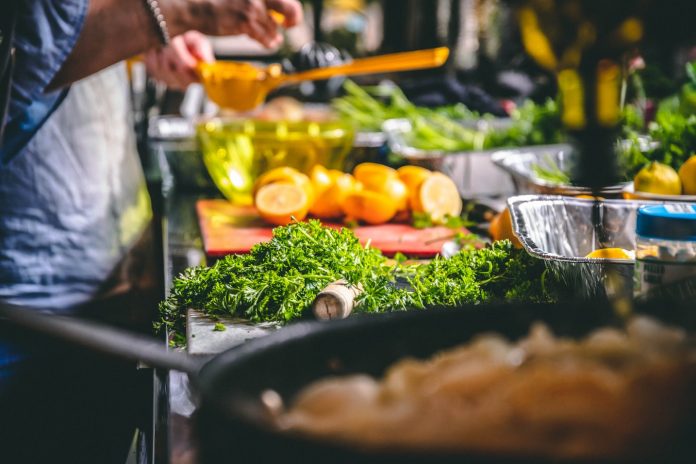
While meal planning can be great, it is also something that doesn’t need to be unflinchingly rigid. A situation might come up where a trip out to eat with friends or family unexpectedly arises. That could leave a meal or two on the excess side of things. With that in mind, try to allow for some wiggle room when it comes to meal planning so that eating out can still be part of the equation without leading to waste.
21Consider the Expiration Date
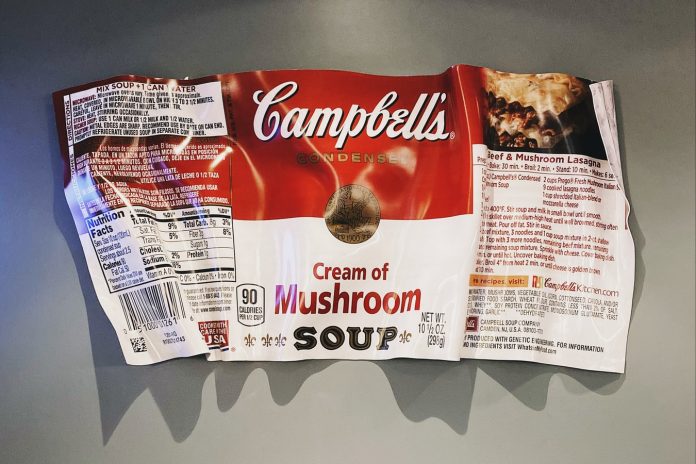
This one may seem a little dicey at first, but it’s truly something worth considering. Most expiration dates and sell-by dates are put forth with extreme caution. Oftentimes, if the product is just a few days beyond that date, it is still perfectly fine to eat. Just be sure to check but if something has only just passed its suggested date, it’s worth at least checking out before tossing it in the trash.
20Make use of your Freezer

This one sort of goes along with considering more frozen foods, but making better use of your freezer could be an excellent way to cut down on waste. Frozen food lasts a lot longer than food in the fridge or at room temperature. Bread, fruit, meat. It can all be frozen to preserve its freshness. For those with large families, it may even be worth considering a deep freezer that can be used to store larger quantities of food.
19Make Foods Visible

This one sounds simple but it can go a long way in cutting down on wastefulness. How often do we bring home new groceries and push old groceries to the back of the fridge? Or throw vegetables in the crisper that we never look at? Or put leftovers right in the front of the fridge blocking the view of what else is available? The old saying “out of sight, out of mind” exists for a reason. Forgetting something is in your fridge or pantry because it isn’t clearly visible is an easy way to let food go bad.
18Clean and Organize Your Fridge

This heavily ties to making food visible, but cleaning and organizing your fridge can be extremely helpful in cutting down waste. Optimizing organization can largely depend on one’s personal habits, but making items easily accessible and visible can go a long way. This may take some time and planning upfront. However, once it is done, it can easily be maintained and help save money in the long run.
17Clean and Organize Your Pantry

Very much in the same vein as the fridge, cleaning and organizing your panty is hugely beneficial. Cluttered shelves with blocked items sitting in the back collecting dust aren’t overly helpful. Taking some time to thoughtfully organize your pantry, laying things out logically and ensuring that items are visible will help to ensure you’re making the best use of what is already in your pantry, as well as making it easy for you to make shopping lists in the future.
16Give Composting a Try

Those looking to develop a green thumb may want to consider composting as a way to waste less of what would normally just get thrown in the garbage. Coffee Grounds, unedible pieces of fruit, unused bits of produce. It can all be put in a bin and used to compost. While it may seem like a complicated process to learn, there are plenty of online help guides that make it a piece of cake.
15Make your Own Preserves or Canned goods

As has been a recurring theme here, foods that have a longer expiration date are gold when it comes to cutting down on waste. As such, learning to make your own preserves or other canned goods can be a unique way to cut down on waste, while also serving as a new activity to try. Much like with composting, there are plenty of how-to guides online that can help get you started.
14Donate Food

No matter how carefully one shops, no matter how diligently planned a week’s meals can be, there may still come a point when something on your shelf or in your fridge simply won’t be used in your household. So be it. Instead of throwing it out, consider putting together a bit of food and donating it to a local food bank or shelter that can put it to good use.
13Repurpose Leftovers

Leftovers, far too often, end up in the garbage, despite what someone’s best intentions may have been. Perhaps it’s simply being tired of that particular dish? Maybe it’s a little past its prime? One thing to consider is repurposing whatever those leftovers are into a new dish. Have some leftover chicken? Make some soup. Get creative. There are ways to turn those leftovers into something new.
12Have Friends Over for a Potluck

For whatever reason, you might have some extra food you need to get rid of and no creative way to get rid of it. Why not invite some friends/and or family over for a potluck? Have everyone bring a dish. Get rid of that food taking up space in your home and enjoy some of the delicious dishes your friends come up with in the process. It’s a win, win.
11Track Your Food With an App

Perhaps not surprisingly, there are a number of apps available on both Android and IOS devices that can help prevent food waste. Feedie, Food Cowboy, and NoFoodWasted are just a few. Take a look at some of the apps currently available and consider downloading one to help you find new ways to cut down on waste. These make for excellent accountability tools that can ultimately transform good, new habits into second natures.
10Try Planting Food Scraps
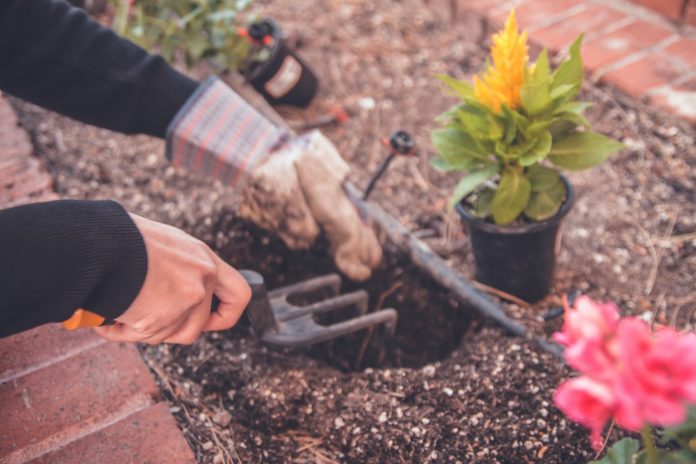
Similar to composting, there are ways to make use of unwanted food scraps. If you have space in your yard, consider trying a garden. Certain food scraps can be replanted to bring you fresh food in the future. For those who haven’t already developed a green thumb, there are also online guides for this sort of undertaking that can be particularly helpful and make it feel less overwhelming at the start.
9Don’t Over-Shop

This goes back to the grocery list bit, but be careful not to over-shop. It is easy to air on what seems like the safe side by purchasing a little too much of something at the grocery store. This is a surefire way to lead to food waste and, ultimately, a waste of money as well. This is something to pay attention to on your next shopping trip.
8Pay Attention to Portion Size

Another big day-to-day waster is unnecessarily large portion sizes. How often do we find ourselves scraping extra food from a dinner plate into the trash? How many times do you catch yourself already full but still finishing what has been put on your plate simply because it’s already there? Monitoring portion size is a hugely helpful way to cut down on waste on a daily basis.
7Use Parts of Food You Don’t Normally Use
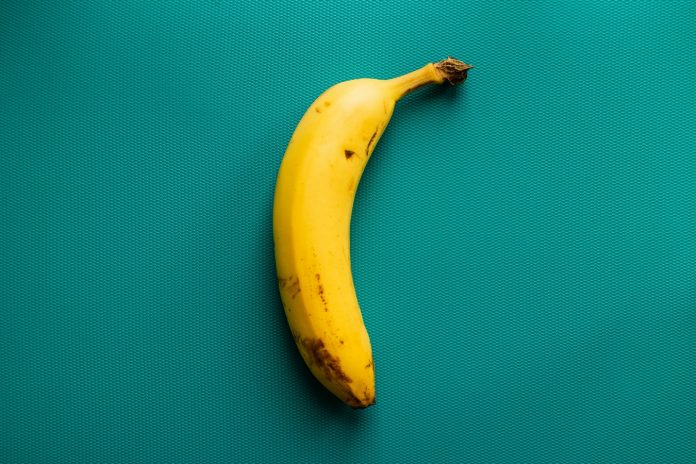
There are so many parts of various foods that go to waste. Perhaps you still like the crust cut off of your sandwich. Maybe you have a child who doesn’t like to eat the skin on their apple. Consider eating parts of food that might otherwise just end up in the trash. Turn that crust into croutons for a salad. Get creative. The point being, don’t simply discard food. Try to evaluate if it can be eaten and how to make use of it.
6Check at Home Before Buying

It is so easy to head to the store in our daily lives unprepared. This can lead to buying things we don’t actually need at the time. It is best to check at home before shopping as to not double-up on foods that can easily go bad. This is where things like grocery lists and meal-prepping can really come in handy.
5Ask About Portion Sizes When Eating Out

Speaking of portion sizes, this can be a huge issue when eating out. Many restaurants offer large portions that can’t reasonably be finished in a single sitting. Or sometimes we just over-order thinking that a dish might not be enough on its own. Don’t hesitate to ask about portion sizes when eating out. This can cut down on unnecessary leftovers, and can also save some cash as well.
4Avoid Impulse Purchases

How many times have you gone grocery shopping while hungry only to find yourself back at home wondering why you purchased some of the items you did? Or have you been at the checkout line and saw that bag of chips or those candy bars? Or perhaps your favorite snack food company has released some new flavor. Be careful when it comes to impulse buys such as these. That’s not to say don’t enjoy yourself, but impulse purchases can very often be wasteful purchases.
3Store Food Properly

This is something that has been touched on a bit in some of the other list items, but as a general rule, pay attention to how you’re storing your food. Properly stored food will last longer and save you money. Freezing meat that won’t get eaten right away can save it from spoiling. Putting something in Tupperware instead of just popping it in the fridge will let it keep longer. Pay attention to what fruits and vegetables you’re keeping where. This is one of the best things someone can do to cut down on wastefulness.
2Track What You’re Throwing Away
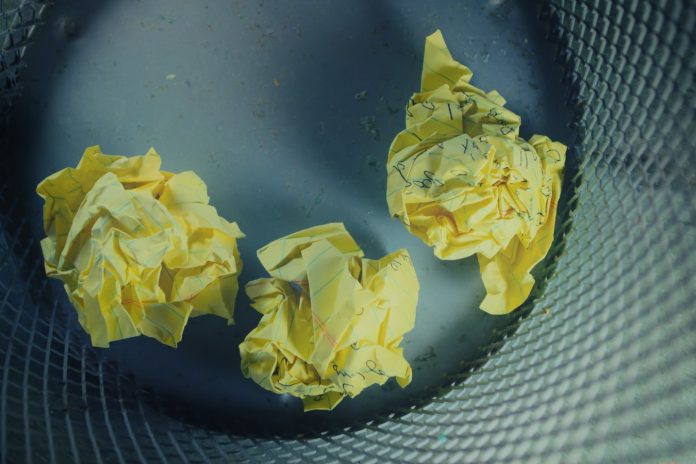
Keep a running tally of what food you’re throwing out in any given week. Or even just a day. Seeing it all written down, on paper, or on your phone, can be eye-opening. Paying close attention to how much food one wastes on average is a good way to cement long-term habits that will discourage food waste.
1Don’t Ignore Imperfect Produce
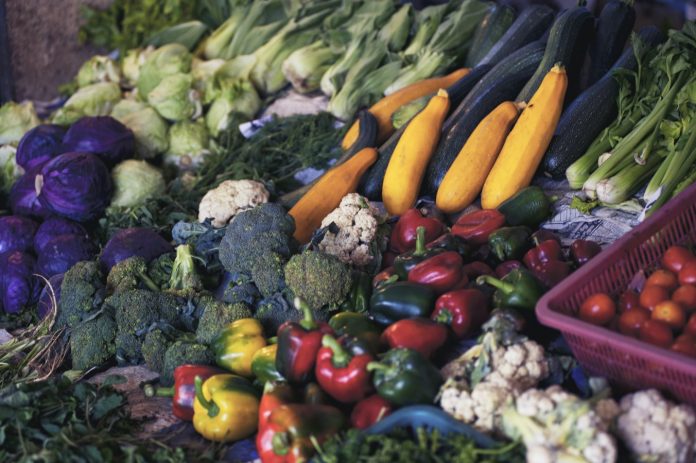
How many times do you find yourself digging through the oranges to find that perfect orange? Or picking a potato because you like the shape of it more? Imperfect produce is often just as nutritious and tastes the same. These ignored pieces of food often have to be discarded by stores, leading to tremendous amounts of waste. Being willing to purchase imperfect items is an excellent way to cut down on waste, and it can also be a money-saver too, as these items sometimes are sold at a discount.


